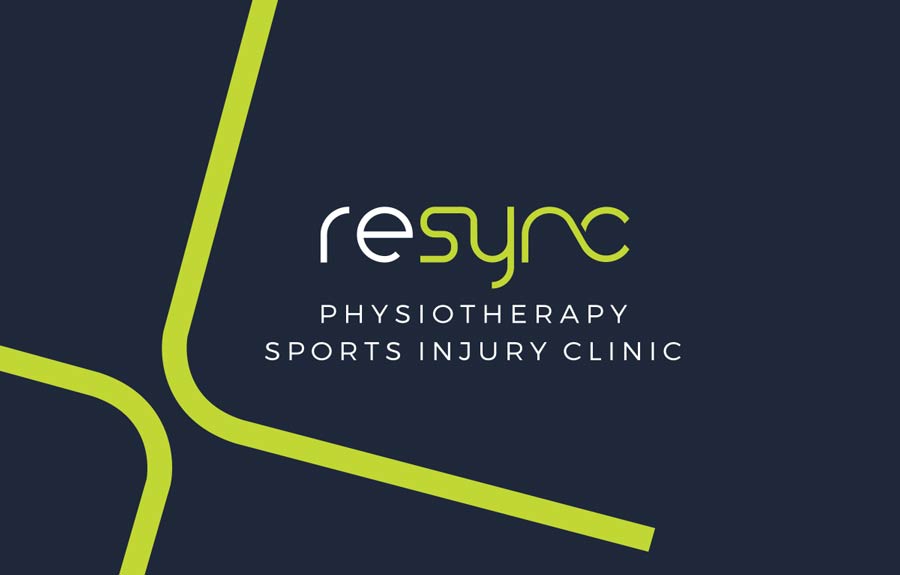An ankle injury is the most common form of sporting injury seen in the world today and is also the most commonly re-injured joint of the body. The reason for the high ankle reinjury rate and persistent pain is due to a lack of quality rehabilitation after the injury and improper management of the ankle directly after injury.
The ankle joint
The ankle joint is made up of 3 different joints and is located where the lower leg meets the foot.
The three joints (for all you nerds) are called the Subtalar Joint, the Talocrural Joint and the Inferior Tibiofibular Joint. These joints are held together by strong ligaments, which are located both on the inside of the ankle and on the outside of the ankle. These ligaments hold the ankle in place and allow the joints to move in different directions.
The most common ankle injury
There are 3 main types of ankle injury:
- Lateral Ankle Sprain
- High Ankle Sprain
- Medial Ankle Sprain
The most common ankle injury is called a lateral ankle sprain or more commonly known as ‘rolling your ankle’. This is where the lateral ligaments are stretched and tear when you roll your ankle.
The ligaments are flat bands of tissue which connect two bones together, and damage to these ligaments can be divided into 3 grades – find out more about these grades here. When these ligaments are damaged, it is much like a cut where the ligament tears and releases blood into the joint, which causes swelling.
If your ankle is exposed to a lot of force you can also injure a ligament (Inferior anterior talofibular ligament) higher up the ankle. This is known as a high ankle sprain or a Syndesmosis injury. These take longer to heal than a normal ankle sprain as the more ligaments that are injured, the more unstable the ankle will become. They are also normally isolated to high impact traumas, such as jumping down off a step and rolling your ankle or running at high speed and injuring your ankle. High ankle sprains do not normally occur if you roll your ankle walking down the street.
You can also damage the inside of the ankle (Deltoid Ligament), and this is known as a medial ankle sprain and is most commonly seen if you land heavily on your ankle and feel it wobble in-and-out upon landing
What happens after I have injured my ankle?
After you injure your ankle it will swell up as the ligament (which has a great blood supply) will tear releasing blood into the joint. The key thing to do here is to get ice, put it in a plastic bag with water, seal the bag and place it tightly over the injured area. This is to reduce the swelling and limit the blood flow out of the injured ligament. You should also rest the leg in an elevated position and leave ice on the ankle for 20 mins, and repeat this 3-4 times a day
Over the next few days, depending on the severity of the ligament injury, the foot will start to show bruising, which is completely normal. Sometimes this is around the ankle only, but in more severe cases the toes can bruise as well. This is due to gravity and it drawing the blood and swelling further down the foot.
How long does an ankle injury take to heal?
An ankle injury healing time will depend on:
- The severity of the ligament damage.
- The type of ligament that was injured.
If you are suffering from a Lateral Ankle sprain our physio can have you back on the pitch playing with strapping in 3-4 weeks, however a high ankle sprain can take 5-8 weeks.
Rehab Failure
A lot of people go back playing sport too early and slip into ‘no man’s land’. This is where the pain is not limiting enough to go to a physio but it’s not bad enough to stop playing either. These people are the ones you always hear saying they have ‘weak ankles’. This is essentially true but it’s because they haven’t completed proper rehab training.
Our lead therapist Diarmuid has broken his ankle twice and torn every ligament in it 3 times, so he is somewhat an expert in the area after all he has been through.
If you have any questions regarding an ankle injury or any other type of injury, please feel free to send us a WhatsApp message from the website and we will get back to you as soon as possible.
Please feel free to contact us and ask any questions you may have regarding the treatments we treat.



